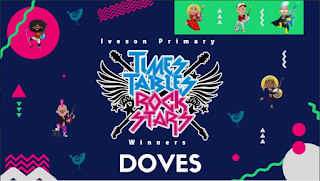Homework
This week, we'd like you to reflect on your multiplication skills. What do you still need to practise? Which multiplication facts are still catching you out? How are you going to make sure that you know these facts? Practise your times tables up to 12 x 12. Ask a grown up, sibling or friend to test you! Write down the facts that you need to practise and learn them by heart. After that, you can pick a number (any number) and complete the following calculations: Add 17. Double it. Multiply by 10. Halve it. Subtract 7. Multiply by 6 Square it. (multiply it by itself e.g. 4 x 4 = 16) Find its factors ( factors are numbers that we multiply together to make another number e.g. 2 and 3 are factors of 6 because 2 x 3 =6) Divide it by 4. In addition, you can practise your short and/or long multiplication. Pick any numbers to make multiplication calculations: 2-digit by 1 digit e.g. 24 x 6 = ? 3-digit by 1 digit e....


